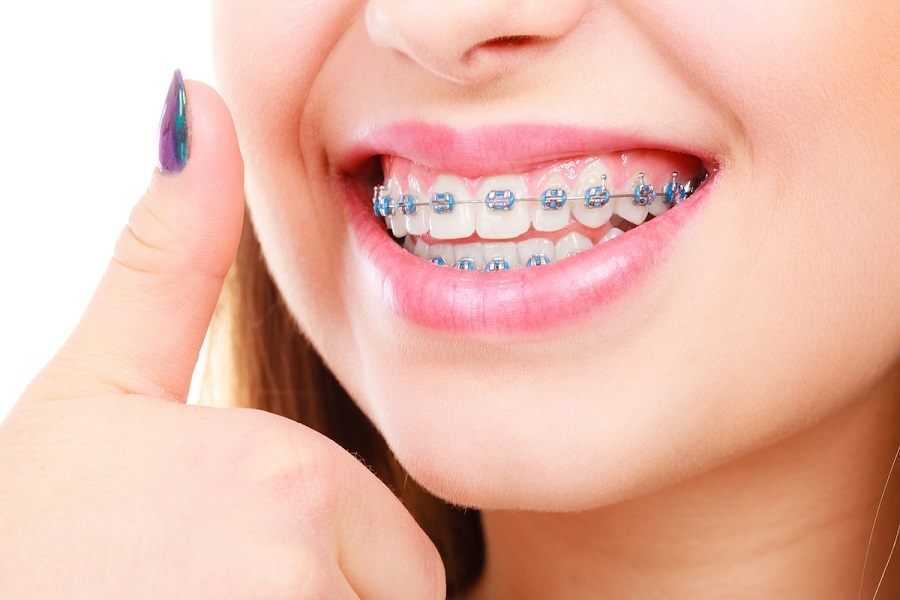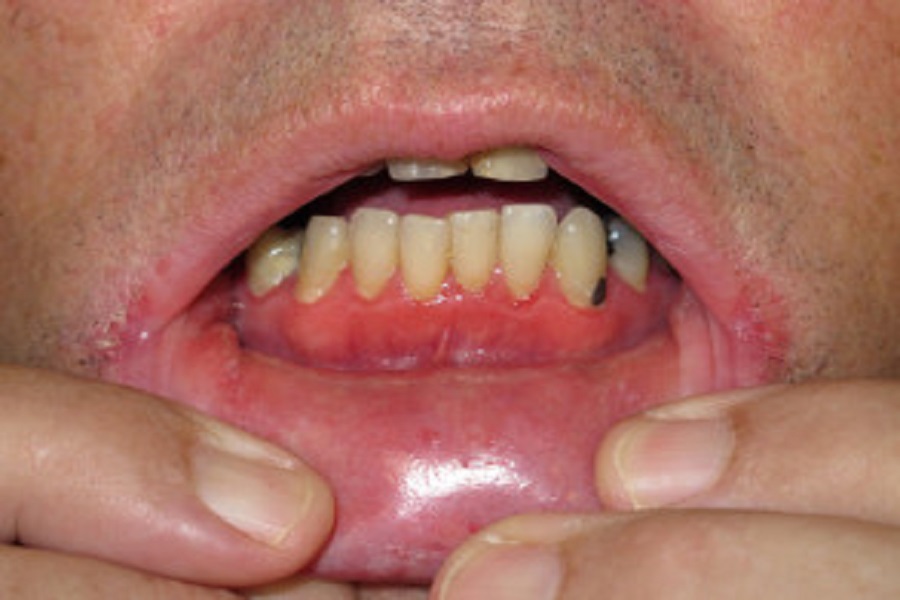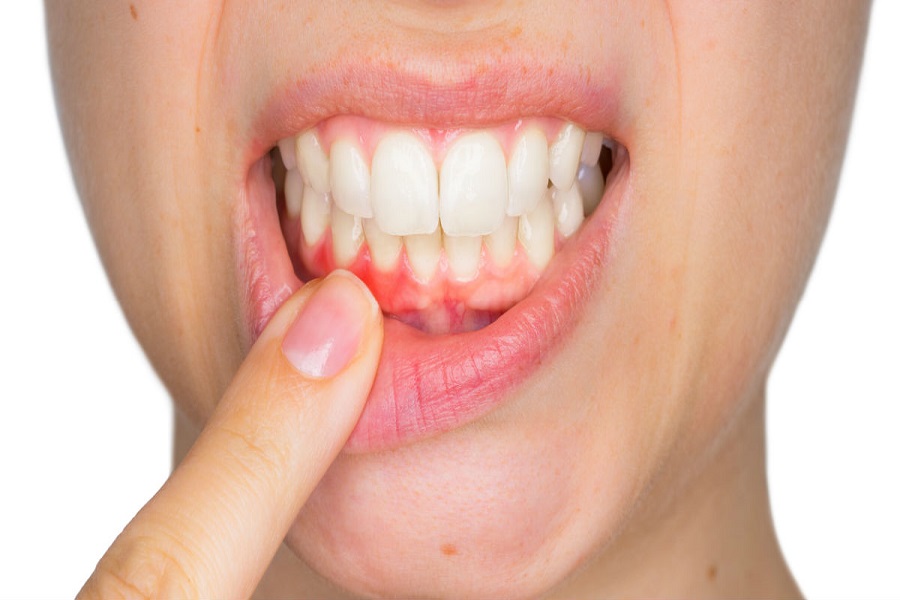1. Crowded dentition This is the most common type of deformity, mainly manifested as uneven arrangement of teeth, in and out.
2. Anti-bite teeth, commonly known as “earth-covered” and “poor-tooth“, when normal people bite their teeth, the upper teeth are clenched on the outside of the lower teeth. If the lower teeth are located on the outside of the upper teeth in reverse, just like the earth wraps the sky in reverse, it does not conform to the laws of natural existence. We call this relationship between the upper and lower teeth as crossbite. Viewed from the side, the face has a sunken “crescent shape”, and some children’s anti-joint will become more and more obvious as they grow and develop. Excessive growth of the mandible, far beyond the normal growth of other tissues, broke the developmental balance of the maxillofacial region, and undoubtedly seriously affected the appearance of the face; , when viewed from the side, the face has a concave “crescent shape”. Most patients with this crescent-shaped face have a sad face. In addition to aesthetics, the poor alignment of the teeth affects chewing, affects lip closure, affects pronunciation, and in severe cases can lead to physical and psychological developmental disorders. Patients with cross-bite teeth should see a doctor as soon as possible and accept the guidance and treatment of an orthodontist. As long as the child has just learned how to cooperate, he can go to the doctor. At different ages, orthodontists have different methods and means. However, the crossbite may recur repeatedly, the deciduous teeth are cured, and the mixed teeth appear again; the mixed teeth are cured, and the permanent teeth may recur again. Patients, family members and orthodontists need to work closely together, and sometimes need the help of maxillofacial surgeons, to achieve the most perfect treatment results. Crossbite is prone to recurrence, which is related to its etiology. As we said before, orthodontics only has good effect on dental deformities, but relatively poor effect on skeletal deformities. In crossed teeth, skeletal deformities are more common, but children are not at the peak of growth and development, and it is difficult to judge. his skeletal tendencies. A small number of patients with cross-bite teeth, mainly due to dental factors, such as inappropriate bottle feeding, bad habits of biting the lower lip, etc. At this time, if there is no active treatment, the development of bones may be induced by mistake, and the dental and functional deformities may be fixed and developed into skeletal deformities.
3. Too much teeth: maxillary protrusion, mandibular retraction and bimaxillary protrusion. Some people require correction because the upper teeth are protruding, the lips cannot be closed, the front teeth are everted, and the side profile is too convex. Doctors have carefully inspected the teeth of these patients, and often found that the entire lower jaw is receding, the upper front teeth cover a lot of the lower front teeth, the lower front teeth often bite deeply, and the back teeth are in a cusp to cusp relationship. . Poor occlusal reduces chewing performance; open lips and exposed teeth will promote inflammation and hyperplasia of the labial gums; lower teeth will impinge on the upper teeth with excessive lip tilt when opening and closing the mouth; in order to overcome the obstacles of the upper teeth when opening and closing the mouth, joints, The deformation of ligaments and muscles increases, which can induce temporomandibular joint lesions for a long time. This uncoordinated relationship between the jaws should be corrected as soon as possible. During the period of rapid bone development, functional correctors should be used to make the mandible grow or shift forward. The use of fixed aligners in the later stage can solve problems such as crowding of the dentition at the same time.
4. Open bite, deep overbite and locking teeth are generally sensitive to misaligned teeth, protruding face and crossbite, and often do not pay attention to problems such as occlusal depth. The dentist finds symptoms such as open bite, overbite or locked teeth and recommends orthodontic treatment. The upper front teeth are like a screen, which hangs down to cover part of the lower front teeth. The lower teeth surface cannot be covered by more than one-third of the height of the lower teeth surface. It can be called deep overbite. Some deep overbite teeth are quite serious, and the patient is asked to clench their teeth. From the front, only the upper front teeth can be seen, and the lower front teeth are completely covered; let the patient lift his head, from the occlusal surface, the lower front teeth can The oral mucosa on the lingual side of the teeth showed obvious bite marks. The overbite is too deep, and the overbite is so shallow that the front teeth are not touching. Typically, the back teeth are clenched tightly but the front teeth can’t bite, forming a fusiform gap, through which you can see the bright red tongue. This situation is called open teeth. Open bite can also occur in the posterior segment. In severe cases, only one or two teeth of the entire dental arch can touch, and the rest of the teeth cannot be occluded. People with open bite teeth tend to have longer faces, while those with deep overbites tend to have shorter faces.






























